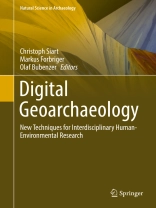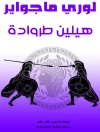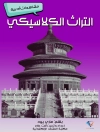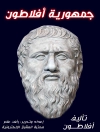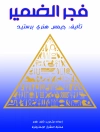This book focusses on new technologies and multi-method research designs in the field of modern archaeology, which increasingly crosses academic boundaries to investigate past human-environmental relationships and to reconstruct palaeolandscapes. It aims at establishing the concept of Digital Geoarcheology as a novel approach of interdisciplinary collaboration situated at the scientific interface between classical studies, geosciences and computer sciences. Among others, the book includes topics such as geographic information systems, spatiotemporal analysis, remote sensing applications, laser scanning, digital elevation models, geophysical prospecting, data fusion and 3D visualisation, categorized in four major sections. Each section is introduced by a general thematic overview and followed by case studies, which vividly illustrate the broad spectrum of potential applications and new research designs. Mutual fields of work and common technologies are identified and discussed from different scholarly perspectives. By stimulating knowledge transfer and fostering interdisciplinary collaboration, Digital Geoarchaeology helps generate valuable synergies and contributes to a better understanding of ancient landscapes along with their forming processes.
Chapters 1, 2, 6, 8 and 14 are published open access under a CC BY 4.0 license at link.springer.com.
Table of Content
1. Digital Geoarchaeology – Bridging the Gap Between Archaeology, Geosciences and Computer Sciences.- 2. Spatial Analysis in Archaeology: Moving into New Territories.- 3. Methods and Perspectives of Geoarchaelogical Site Catchment Analysis: Identification of Paleoclimate Indicators in the Oder Region from the Iron to Middle Ages.- 4. Point Pattern Analysis as Tool for Digital Geoarchaeology – A Case Study of Megalithic Graves in Schleswig-Holstein, Germany.- 5. Visual Perception in Past Built Environments: Theoretical and Procedural Issues in the Archaeological Application of Three-Dimensional Visibility Analysis.- 6. Understanding by the Lines We Map: Material Boundaries and the Social Interpretation of Archaeological Built Space.- 7. Airborne and Spaceborne Remote Sensing and Digital Image Analysis in Archaeology.- 8. Paleo-Environmental Research in the Semiarid Lake Manyara Area, Northern Tanzania – A Synopsis.- 9. In Search of the Optimal Path to Cross the Desert: Geoarchaeology Traces Old Trans-Saharan Routes.- 10. Combined Aerial and Ground-Based Structure-From-Motion for Cultural Heritage Documentation.- 11. Introduction to Li DAR in Geoarchaeology from a Technological Perspective.- 12. 3D Laser Scanning for Geoarchaelogical Documentation and Analysis.- 13. Visual detection and Interpretation of Cultural Remnants on the Königstuhl Hillside in Heidelberg Using Airborne and Terrestrial Li DAR Data.- 14. An Introduction to Geophysical and Geochemical Methods in Digital Geoarchaeology.- 15. A geoarchaeological approach for the localization of the prehistoric harbor of Akrotiri, Thera.- 16. Merging the Views: Highlights on the Fusion of Surface and Subsurface Geodata and Their Potentials for Digital Geoarchaeology.
